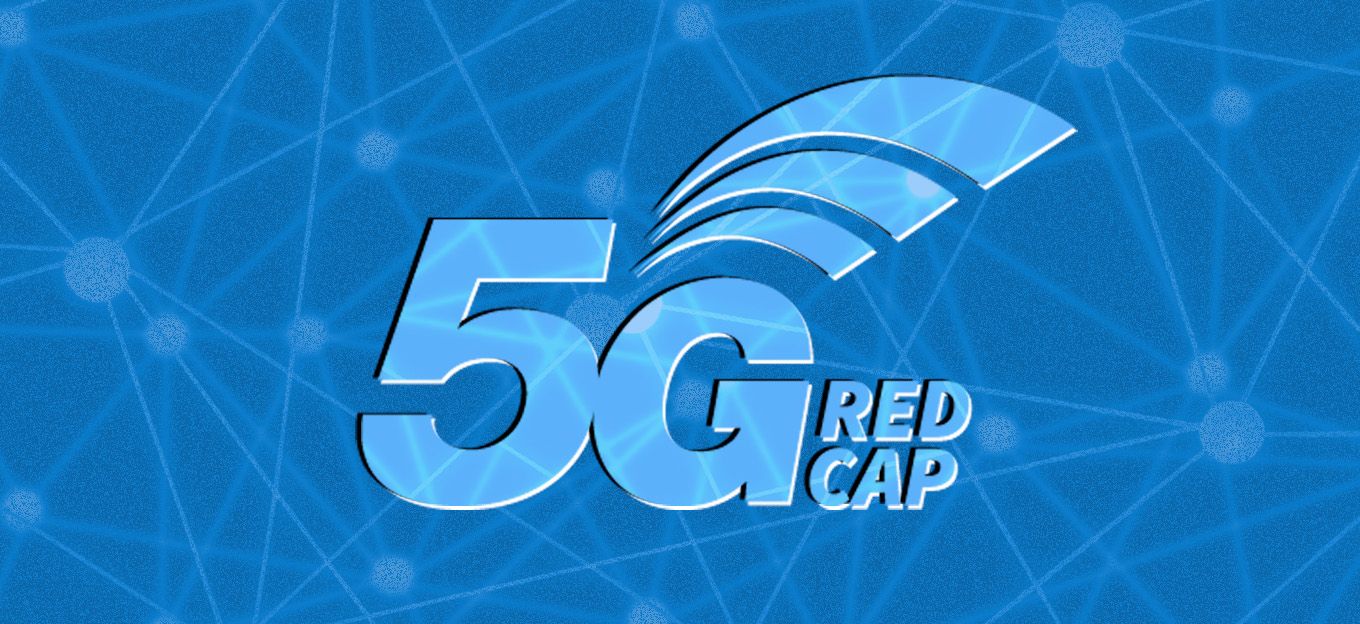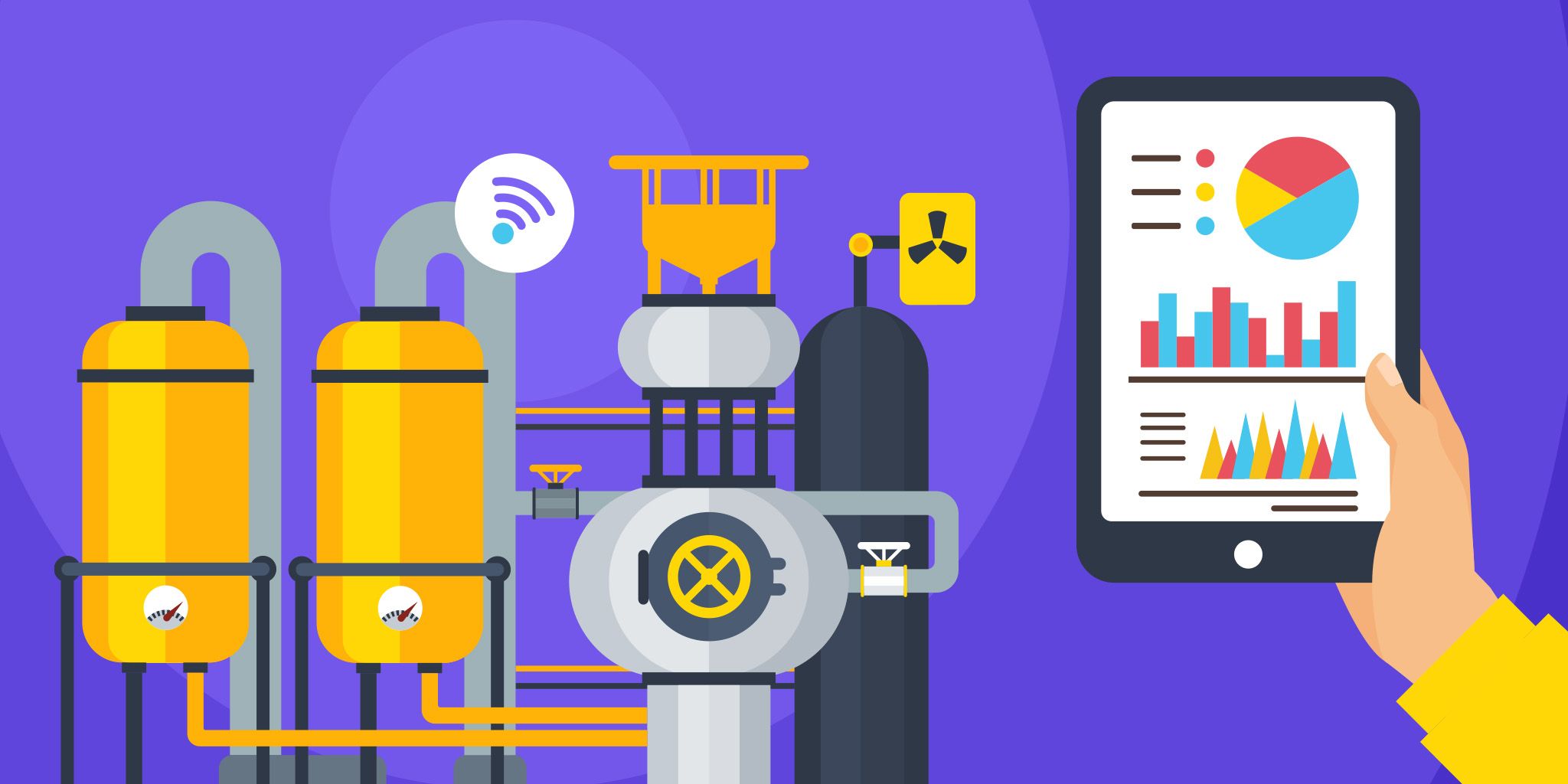Standards, Smart Grid, and IoT Adoption
Standards, Smart Grid, and IoT Adoption
- Last Updated: December 2, 2024
IoTerop
- Last Updated: December 2, 2024



In Le Cailar, a small, picturesque village in the south of France, a company called Beoga, whose motto is "aime ton voisin,” literally “love thy neighbor," has begun an experiment that could change how we produce, consume, and share electricity. Not only are the local citizens and press watching closely, but so are France’s electrical grid operator ENEDIS and state electricity actor Electricité de France (EDF).
Why should you care? Because solutions like Beoga’s could soon let you form your own “energy community,” leveraging existing energy assets to create a better planet and improve your finances.
Benefits include:
- Reduce electricity production costs and bills.
- Reduce CO2 production, especially during peak electricity demand.
- Reduce demand on overloaded electricity grids lessoning grid investment and maintenance.
- Reduce fossil fuel dependence.
The Challenge: Keeping the Lights on in Paris
France derives approximately 70% of its energy from nuclear power. The origins of this policy date back to Charles de Gaulle and a strong desire for independence.
Historically this has served France well. France has benefitted from stable, arguably low-cost electricity and exported its nuclear know-how to many countries. Still, not even conservative state-dominated industries, like electricity, are impervious to technology’s disruptive effects and changing consumer sentiments.
Smart grids and IoT adoption can reduce the resources needed to produce and deliver the essential goods and services every citizen needs.
Although France has long been a net exporter of electricity, domestic demand keeps growing thanks to all our gadgets and air-conditioning systems we all love. High energy demand stresses the electricity grid during the summer and winter months, in some rare cases causing network disruption events, like brownouts or blackouts.
Worse yet, these peak energy needs are serviced by generators that burn fossil fuels driving up costs and CO2 emissions. Since production is centralized in France, like most industrialized countries, France needs to build and maintain a massively expensive electricity grid and relay stations to deliver the electricity to its 35,000 villages and cities. Yes, including the City of Lights.
The Solution: The Tesla in your Garage
Beoga’s innovative solution allows any group of significant electricity producers to create “intelligent energy communities,” selling energy at peak demand and replenishing during off-hours.
The solution is composed of Beoga’s vision and expertise, distributed energy resources (DER), and IoT.
DERs are defined as anything that produces and stores electricity. Think of electric vehicles or solar panels. Once these DERs are connected, electricity can be sold during peak demand reducing demand for additional electricity generation and grids.
Beoga’s vision is to connect all these assets using 5G, IoT, and their software and algorithms in the cloud to let a community automatically trade electricity. In this case, the energy community is a village subdivision. Still, soon anybody who produces electricity, companies, a university, a fleet of electric local government vehicles could become a community.
Just a few years ago, this innovative solution would have been inconceivable.
Yes, solar panels existed, but electric cars were rare. However, this is changing quickly. According to the Climate Change Committee (CCC), the UK ambitiously plans to cut carbon dioxide (CO2) emissions by 68 percent by 2030, mandating approximately half of the UK’s 35 million cars to be zero-emission vehicles.
Essentially there will be big batteries parked on every corner with government DER assets, especially car fleets, representing important untapped sources of electricity and revenue.
The Enablers: Global Standards 5G and Lightweight M2M (LwM2M)
However, before we can start siphoning off all this electricity from these different DERs, we need to get everything communicating, and that is where standards come in.
Beoga's on-premise units, IoT objects, contain part of their solution and rely on often misunderstood 5G LTE-M connectivity to communicate with servers in the cloud.
Critics of 5G may fail to understand that 5G networks like LTE-M and NB-IoT fundamentally change the economics of connecting our world. 5G, unlike its competition, assures predictable pricing, quality of service, and long technological lifespans from the biggest cities to many small French villages.
Secondly, the cellular modems and chipsets connecting these devices, now at just a few dollars in some cases, keep coming down in price as the world centers on this standard and economies of scale increase.
Soon starting with smart meters and smart lighting and eventually spreading to millions of other devices, organizations will have an opportunity to reduce waste and leverage existing assets like never before. Truly we live in historical times, not unlike the Industrial Revolution and Guttenberg Press.
A second enabler is Lightweight M2M. LwM2M is an IoT device management standard supported by important smart city OEMs Itron and EDMI, and the uCIFI Alliance. uCIFI’s stated goal is to unlock smart city interoperability. LwM2M provides OEMs with a crucial set of standardized device management services, reducing the cost of connecting, securing, managing, updating, and sharing data.

How a standardized LwM2M development approach increases focus
While it is inspiring to imagine our brave new world, innovative solutions like Beoga's and IoT, in general, are subject to a simple, cold calculus. Put simply, the lower the cost of building, operating, and exploiting the data, the more adoption and innovation accelerate.

Mathematical Representation of IoT’s Value Proposition
Today Beoga will only work with suppliers who provide "open" solutions. Meaning manufacturers must provide a means to exchange data with their DERs. However, this requires Beoga to do costly integration work for each DER. Tomorrow Beoga will work only with suppliers who support the LwM2M standard, fundamentally changing the integration paradigm from expensive programming to that of a few mouse clicks.
Adam Smith’s Invisible Hand
This article was written a few days before April 22nd or Earth Day in part because technologies like DERs, 5G, and IoT have the potential to reshape our world for the better. The UK sees it with electric cars, and the UN sees it with IoT.
We can use these technologies to better manage critical resources like electricity, making our communities more livable while simultaneously reducing the resources needed to produce and deliver the essential goods and services every citizen needs.
Covid-19 taught us we need to build a more resilient world. If we want to spur innovative smart city solutions, adopting and supporting standards to expedite sharing data is critical.
Conclusion
Last year, to secure the IoT devices that will soon be responsible for delivering the goods and services we need to live, the US, Europe, and the UK government all adopted IoT cybersecurity regulations. Securing the devices is sensible and morally correct. Still, if, as UK Mathematician Clive Humby said, "Oil is the new data," then communities that facilitate access to data will potentially become the next Arab Emirates.
How can we unlock data and accelerate IoT adoption? LwM2M allows businesses to build globally marketable products while unlocking data enhancing IoT’s core value proposition.
Municipalities can support innovation by assuring the infrastructure they adopt is standardized, secure, and interoperable.
Nationally, governments can accelerate innovation, improving the economy and lives of billions by supporting standards like LwM2M that reduce the costs of securely sharing data.
The Most Comprehensive IoT Newsletter for Enterprises
Showcasing the highest-quality content, resources, news, and insights from the world of the Internet of Things. Subscribe to remain informed and up-to-date.
New Podcast Episode

Moving Past the Pilot Phase in IoT and AI
Related Articles





